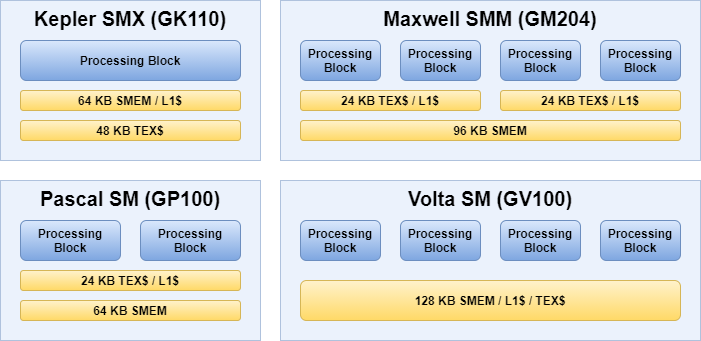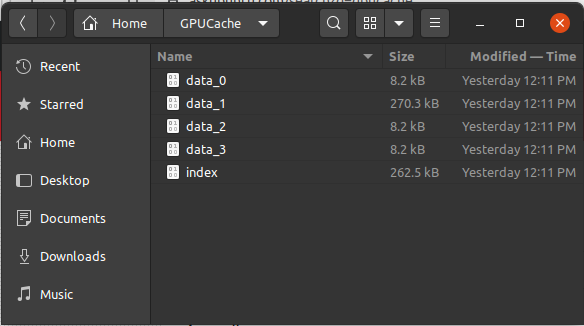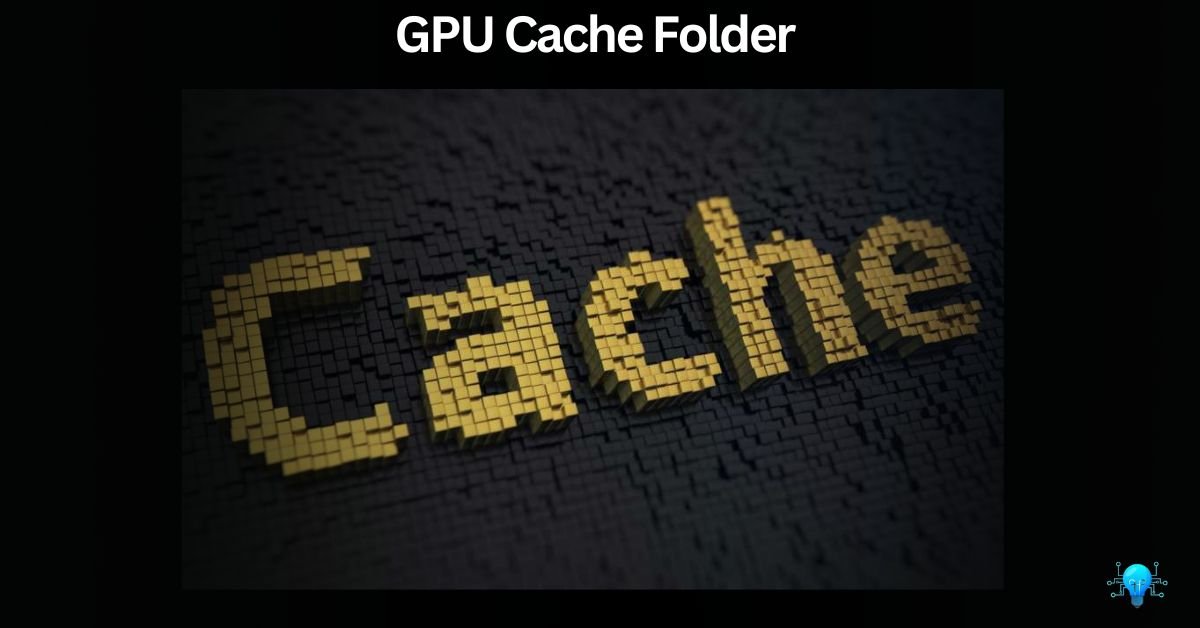Cleaning out my GPU cache folder made a big difference! Games and apps run much smoother now, and everything loads faster.
The GPU cache folder is a directory on your computer’s storage drive where frequently accessed data related to your GPU is stored. This includes textures, shaders, and other assets used by GPU-intensive applications and games.
Now, We’ll explain what GPU cache folders are and why they’re important. Plus, we’ll show you how they make your computer’s games and other graphics run better.
What Is The GPU Cache Folder?
The GPU cache folder is like a storage space on your computer where it keeps important stuff for making games and apps run faster and smoother. It holds things like pictures, colours, and special effects that your computer needs to show you cool graphics. It helps your computer work better when you’re playing games or editing videos.
Why Is The GPU Cache Folder Important?
- Faster Performance: The GPU cache folder helps your computer run games and apps faster and smoother by storing important data like pictures, colours, and special effects.
- Improved Graphics: By storing essential graphics data, the GPU cache folder makes your games look better and more realistic.
- Enhanced Efficiency: It helps your computer work better when you’re playing games or editing videos by ensuring that the necessary data is readily available, reducing loading times and improving overall performance.
Did You know? My GPU Only Has 1 HDMI Port – Is It Good Or Not!
How Does The GPU Cache Folder Work?
The GPU cache folder works like a storage space on your computer where it keeps important data for making games and apps run faster and smoother. When you play a game or use an app, the GPU (Graphics Processing Unit) accesses this data from the cache folder instead of loading it from the storage drive every time. This helps your computer work faster and makes your games and apps run more smoothly.

Also, you need to make the right choice while picking up the GPU for your system. Check the guide on how to get the best GPU for the system linked in the above section and then take notice of some best Models, listed right below here!
Check the list we’ve mentioned
How Does The GPU Cache Folder Improve Graphics Performance?
The GPU cache folder improves graphics performance by storing frequently accessed data. When you launch a GPU-intensive application or game, the GPU can quickly access this data from the cache folder instead of loading it from the storage drive every time. This reduces load times, improves frame rates, and enhances overall graphics performance.
Did You Explore: Is 80 Degrees Celsius Hot For A GPU? Attention, All gamers!
How To Clear Gpu Cache?
- Open GPU Settings: Open your GPU control panel or settings. This can usually be done by right-clicking on your desktop and selecting the GPU control panel option.
- Find Cache Settings: Look for the option to clear the cache. This can usually be found in the settings or maintenance section of your GPU control panel.
- Clear Cache: Follow the instructions to clear the cache. This will delete the stored data in the GPU cache folder.
Remember, clearing the cache may temporarily affect performance until the cache is rebuilt.
Must Explore: Torch Is Not Able To Use GPU – A Troubleshooting Guide!
Where Is The GPU Cache Folder Located?
However, the GPU cache folder is located on your computer’s storage drive. The exact location can vary depending on your operating system and GPU driver. On Windows, it’s often found in the “AppData” directory, but it can sometimes appear in directories like \Documents\Quicken\GPUCache.
You Might Know: How Much GPU Should A Game Use? – Discover The Ideal!
Is It Safe To Delete The GPU Cache Folder?
No, it is not safe to delete the GPU cache folder manually. Deleting this folder can lead to issues such as slower performance and graphical glitches in games and applications. It’s best to let the GPU driver manage the cache folder automatically.

If you’re experiencing problems, it’s better to troubleshoot the issue or seek assistance rather than deleting the folder manually. For more information, you can visit this Reddit thread: What is GPUCache? Is it safe to delete the folder?
How To Manage The GPU Cache Folder?
Managing the GPU cache folder is important for maintaining optimal system performance. Here are some steps you can take to manage it:
- Manual Clearing: You can manually clear the GPU cache folder to free up disk space or troubleshoot issues related to corrupted cache data.
- Regular Maintenance: Clear the cache folder periodically to ensure optimal performance, especially if you notice issues such as slow load times or graphical glitches in games and applications.
- Update GPU Drivers: Ensure that your GPU drivers are up to date, as newer drivers may include improvements to the cache management system.
By following these steps, you can ensure that your GPU cache folder is effectively managed, leading to better overall system performance. If you want to know more about How Much GPU Utilization Is Normal? and how to interpret GPU performance, Just click here.
Can I Manually Clear The Gpu Cache Folder?
Yes, you can clear the GPU cache folder yourself. This can help if your computer is running out of space or if you’re having problems with how your graphics look. Just open your GPU settings, find the option to clear the cache, and follow the instructions to delete the stored data. Keep in mind that clearing the cache folder means your computer will have to reload some data, so things might be a bit slower until it’s all back to normal.
Must Check: What Happens When GPU Overheats – Don’t Wait Until It’s Too Late!
Does The Size Of The Gpu Cache Folder Affect Performance?
If the GPU cache folder is larger, it can store more data, including textures, shaders, and other graphics assets. This means the GPU has more data readily available, leading to faster load times and smoother performance in games and applications.
On the other hand, if the GPU cache folder is smaller, it can’t store as much data. As a result, the GPU may need to load data from the main storage drive more frequently, which can lead to slower load times and decreased performance.
In summary, the size of the GPU cache folder directly affects how much data the GPU can store for quick access, which in turn impacts the performance of graphics-intensive tasks like gaming and video editing.
Recent Post: Is Rust A CPU or GPU Game – A Bound Game!
Is The GPU Cache Folder Automatically Managed?
Yes, the contents of the GPU cache folder are usually managed automatically by your GPU driver, which monitors which data is being accessed frequently and stores it in the cache folder for quick access.
How Can I Optimize The Performance Of The GPU Cache Folder?
To optimize the performance of the GPU cache folder, you can ensure that your GPU drivers are up to date and that your system has enough free disk space for the cache folder to function effectively. Additionally, you can sometimes manually clear the cache folder to free up disk space or troubleshoot issues related to corrupted cache data.
Also Check: Gpu Junction Temperature 6700 Xt – Find Effective Solutions Here!
What Is The Difference Between A Cpu Cache And A Gpu Cache?
CPU Cache:
- CPU caches are relatively small and fast memory banks located directly on the CPU chip.
- They store frequently accessed data and instructions to speed up processing.
- CPU caches are optimized for single-threaded tasks and general-purpose computing.
GPU Cache:
- GPU caches are also small memory banks, but they are located on the GPU chip.
- They store frequently accessed data related to graphics processing, such as textures, shaders, and other assets.
- GPU caches are optimized for parallel processing and are used to accelerate graphics rendering in games and other GPU-intensive applications.
Why Can GPUs Employ Only Small Caches?
GPUs have smaller caches than CPUs because they handle data differently. GPUs are designed to process lots of data at the same time, so they focus more on fast memory access than big caches. Making a big cache for a GPU would make it too expensive and big.
Instead, GPUs use other techniques like data parallelism and pipelining to work fast without needing big caches. Even though GPU caches are small, they still help make graphics look better by storing important data for graphics processing, like textures and shaders.
You May Like To Read: Is 74c bad for your GPU – Stay Informed!
Why Did The GPU Cache Folder Appear On My Desktop After An Update?
It’s strange that the GPU cache folder showed up on your desktop after an update. Usually, it stays hidden in the system directories. To fix this, you can try moving the folder back to its original place. If that doesn’t work, you can check your GPU settings to see if there’s an option to change the cache folder location. If you’re still having trouble, you might need to reinstall your GPU drivers.
Also Read: Can I Use A CPU Cable For GPU – Don’t risk Damaging!
Frequently Asked Questions:
Can I disable the GPU cache folder?
In most cases, it is not possible to disable the GPU cache folder entirely. However, you may be able to adjust certain settings related to cache management in your GPU driver control panel.
Does the GPU cache folder affect system startup time?
The GPU cache folder typically does not have a significant impact on system startup time. However, if the cache folder becomes excessively large, it may contribute to longer startup times as the system loads the cache data into memory.
Can I increase the size of the GPU cache folder?
In most cases, the size of the GPU cache folder is automatically managed by your GPU driver. However, some GPU drivers may allow you to adjust certain cache settings, including the size of the cache folder.
Is it safe to delete the contents of the GPU cache folder?
Yes, it is generally safe to delete the contents of the GPU cache folder. However, keep in mind that doing so will remove all cached data, which may temporarily affect the performance of GPU-intensive applications and games until the cache is rebuilt.
Closing Note:
The GPU cache folder plays an important role in optimizing your GPU’s performance. By storing frequently accessed data in a location where it can be quickly accessed when needed, the GPU cache folder helps improve the performance and responsiveness of GPU-intensive applications and games.

